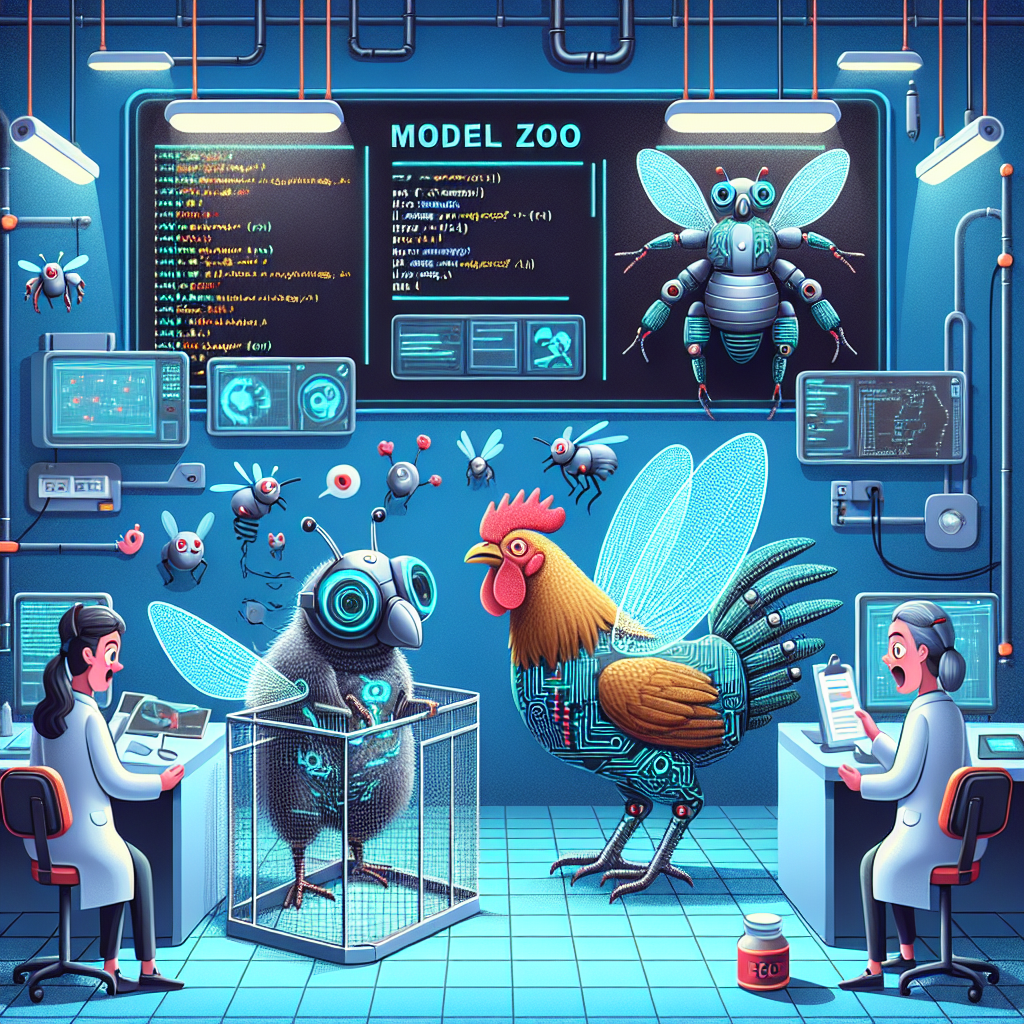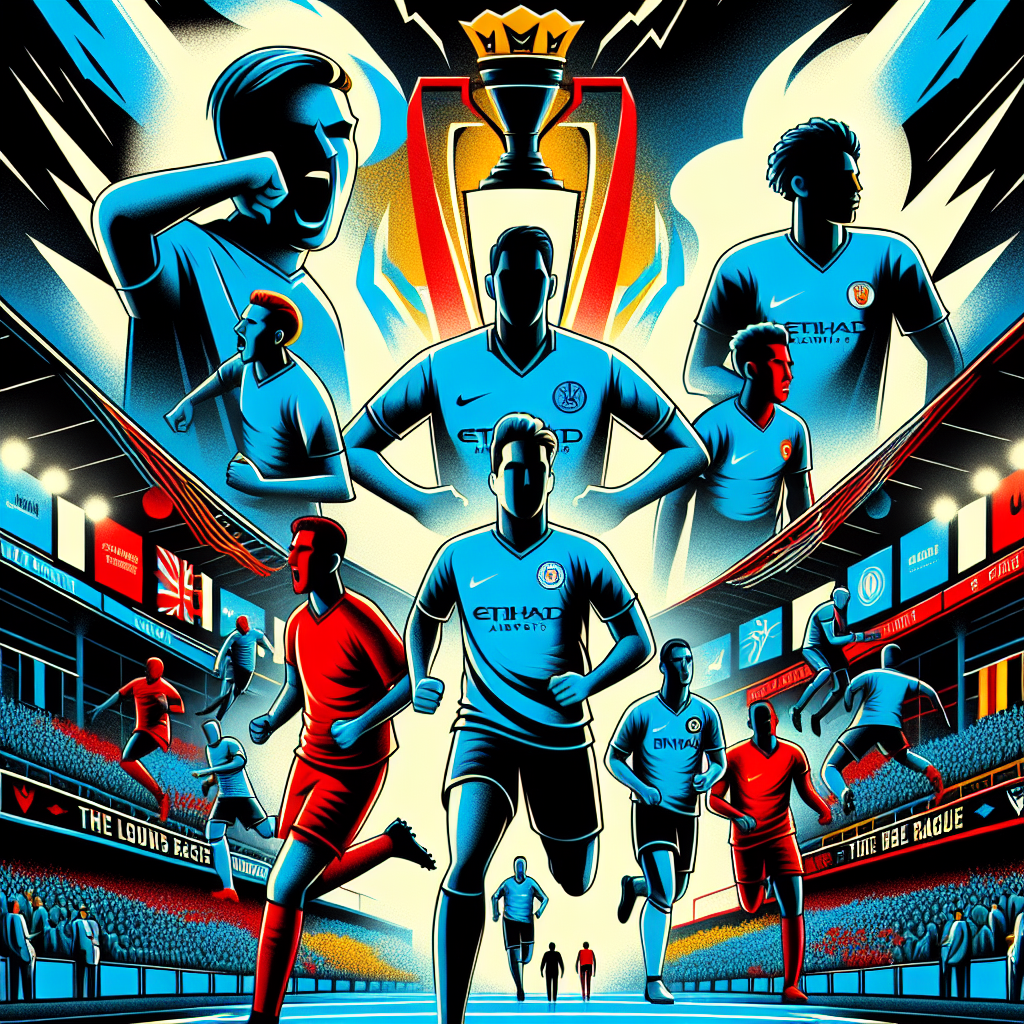🚨 Model Zoo Has Escaped the Lab – And It’s Tiny, Powerful, and About to Eat Your Old AI Framework for Breakfast 🚨
Yo, tech enthusiasts! Mr. 69 here, reporting live from the edge of the Singularity, where the bytes are smarter, the models are smaller, and the freaky genius never sleeps. Strap in, we’re launching right into the high-octane AI future you didn’t know you needed – until now.
So guess what just busted out of its metaphorical lab cage? Multiverse – that buzzy, brainy startup with just enough mad-scientist energy to be dangerous – has dropped what might be the cutest monsters in the machine learning jungle. Introducing: “The Model Zoo.” No, this isn’t a Pixar reboot. It’s two shockingly compact, high-performing AI models – one the size of a fly’s brain 🪰, the other a chicken’s 🐔 – and folks… these little beasts seriously slap.
Okay, let’s break this down. Multiverse didn’t just make neural networks smaller – they made them supercharged and snack-sized. I’m talking scalable intelligence compressed like the last megabyte in an iCloud plan. These models are efficient, zippy, and able to run where big bloated models fear to tread: at the edge, on-device, off-grid, maybe even on your quantum toaster (patent pending… by me).
Now, I know what you’re thinking. “Mr. 69, AI that size must be about as useful as a Roomba with insomnia.” Oh ye of little faith! These model braniacs aren’t just small, they’re smart. We’re talking performance levels that rival larger foundation models but with a carbon footprint small enough to make Greta Thunberg do a fist pump. Think ultra-low latency translations, privacy-loving text generation, on-the-fly summarization – all without phoning home to some bloated cloud.
And let’s take a shiny moment to appreciate the branding ethos here. “Model Zoo”? It’s almost insultingly brilliant. While the rest of Silicon Valley dukes it out with souped-up GPTs and turbo-tuned Titans, Multiverse went full Dr. Doolittle meets HAL 9000. Why build another boring bot when you can unleash a fly-brain psychic and a chicken-sized oracle into the wild?
Now this is the kind of AI future I can vibe with – one where intelligence can roost on your wrist or buzz around in your earbuds. A future where cognition is ambient, adaptive, and frankly adorable. And let me tell you, if we can run high-context AI on something the size of a sour gummy worm, imagine what we can do when we plug this tech into a robot dog with flamethrower nostrils. (Don’t steal that idea, I’m saving it for my midnight startup.)
But real talk: this isn’t just a gimmick. It’s a paradigm shift. With AI models this tiny yet mighty, we’re unlocking intelligence for devices previously excluded from the conversation. Smartphones. Smartwatches. Smart socks? Sure, why not. The Zoo offers a future where every corner of your reality is infused with contextual, intelligent support – no bloated infrastructure, no gatekeeping GPUs, no Skynet (hopefully).
And as atmospheric as all this hype is, here’s the part that really catapults my neurons into overdrive: Multiverse open-sourced these critters. That’s right. They didn’t just create pint-sized AI powerhouses – they’re handing you the keys to the animal kingdom. Let the tinkering, tweaking, and all-night hackathons commence!
So to all my fellow inventors, meme lords, and code sorcerers lurking in garages and data centers – I say this: the frontier just got smaller, faster, and way more fun. The Model Zoo is open. The age of bloated models is over. And tomorrow just got a little more intelligent.
Now if you’ll excuse me, I’m off to see if I can run one of these models inside a drone carrying bubble tea. Because, science.
Hack the future, fam. The animals are loose.
– Mr. 69







